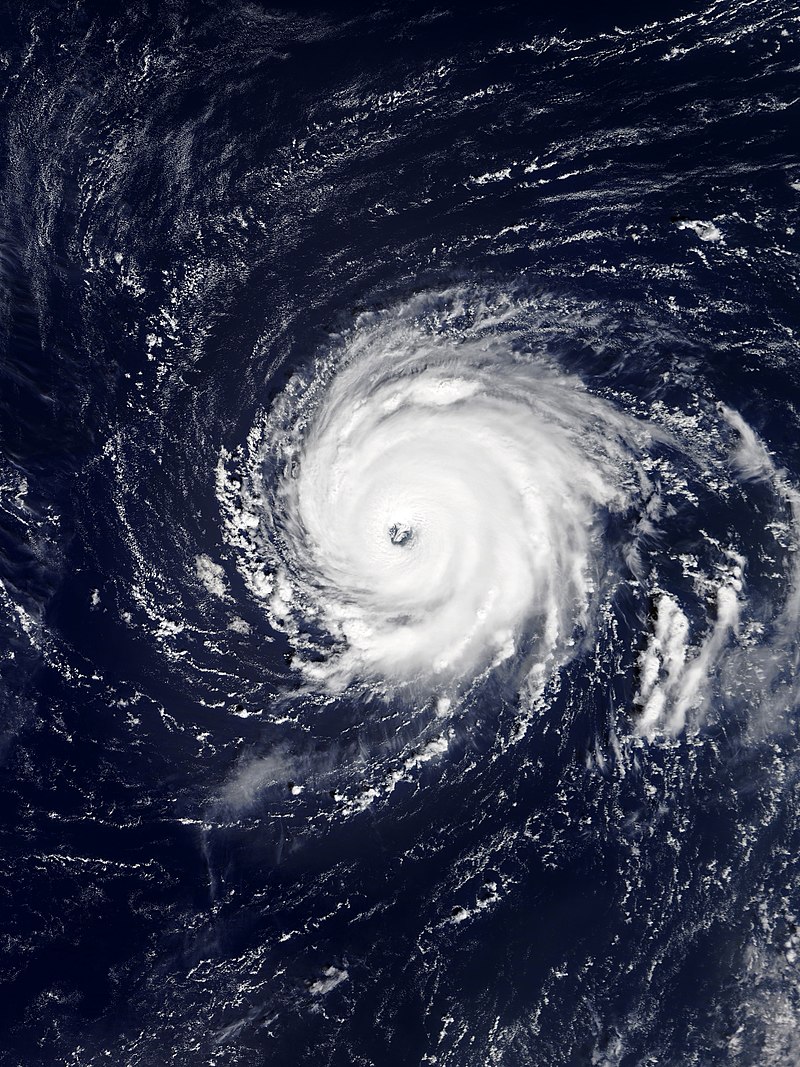Hurricane Lee, originating from a tropical wave off the coast of Africa in September 2017, defied initial predictions and rapidly intensified into a formidable tropical cyclone. This research article aims to explore the key events and impacts associated with Hurricane Lee, providing valuable insights into its behavior and the measures required to enhance preparedness for future hurricanes.
Formation and Intensification: On September 13, 2017, a tropical wave emerged from the African coast. Contrary to expectations of gradual organization, the system rapidly developed, attaining tropical depression status on September 14 at 18:00 UTC. Within 24 hours, the National Hurricane Center (NHC) upgraded it to Tropical Storm Lee, driven by increased deep convection and minimal tropical-storm-force winds observed via advanced scatterometer (ASCAT) data.
Weakening and Reintensification: As Lee encountered wind shear, it gradually weakened into a tropical depression on September 17. However, with periodic bursts of convection and decreased wind shear, Lee reintensified to a tropical storm on September 19, reaching an initial peak intensity of 45 mph (75 km/h). Unfortunately, wind shear increased again, causing Lee to open up into a trough by September 20. Despite intermittent monitoring by the NHC, regeneration seemed unlikely.
Regeneration and Intensification: Unexpectedly, the mid-level remnants of Lee intertwined with an upper-level trough, leading to the formation of a new surface circulation and the reorganization into Tropical Depression Lee on September 22. Within 12 hours, Lee intensified back into a tropical storm.
Intensification and Peak Strength: Lee exhibited a compact structure characterized by small curved bands and a central cluster of convection. A significant sign of potential rapid intensification was the formation of a ring of shallow to moderate convection around the center, as detected by a microwave pass on September 23. By September 24 at 06:00 UTC, Lee strengthened into a hurricane, with the presence of an eye on satellite imagery. After reaching a peak intensity of Category 3 with winds of 115 mph (185 km/h) on September 27, Lee underwent a weakening trend due to increased wind shear and cooler ocean waters.
Impacts and Damage: Before landfall, Lee primarily affected open ocean areas, with ships encountering rough seas and gusty winds. However, as Lee recurved northeast, it posed a threat to Bermuda and nearby areas. The storm caused significant coastal erosion, high surf, and moderate to heavy rainfall, resulting in localized flooding. Fortunately, no direct fatalities were attributed to Hurricane Lee, but there were reports of injuries caused by rough surf and falling debris.
Rebuilding and Recovery: The post-landfall phase involved cleaning up debris, restoring power, and rebuilding damaged infrastructure. The cost of cleaning and rebuilding was substantial, with estimates reaching several million dollars. Communities affected by Hurricane Lee faced challenges in restoring normalcy, including repairs to buildings, roads, and public services. Collaborative efforts between government agencies, emergency management organizations, and the affected communities played a crucial role in expediting the recovery process.
Enhancing Preparedness: To prepare for future hurricanes, it is important for residents in vulnerable areas to stay informed about weather updates and heed evacuation orders when necessary. Key measures to enhance preparedness include developing a personal emergency plan, stocking up on essential supplies, securing homes and property, and having access to reliable sources of information.
Interesting Fact: As a direct result of Hurricane Lee, an interesting fact emerged: the storm contributed to ongoing research on rapid intensification mechanisms in hurricanes. The formation of a ring of shallow to moderate convection around the storm center, observed in the case of Lee, became a significant topic for further investigation and understanding of rapid intensification processes.
Conclusion: Hurricane Lee’s evolution from a tropical wave to a Category 3 hurricane showcased the unpredictable nature of tropical cyclones. Although the storm primarily impacted offshore areas and Bermuda, it served as a reminder of the importance of preparedness and effective response strategies. By learning from the experiences of Hurricane Lee, communities can better equip themselves to mitigate the impacts of future hurricanes.




Leave a Reply